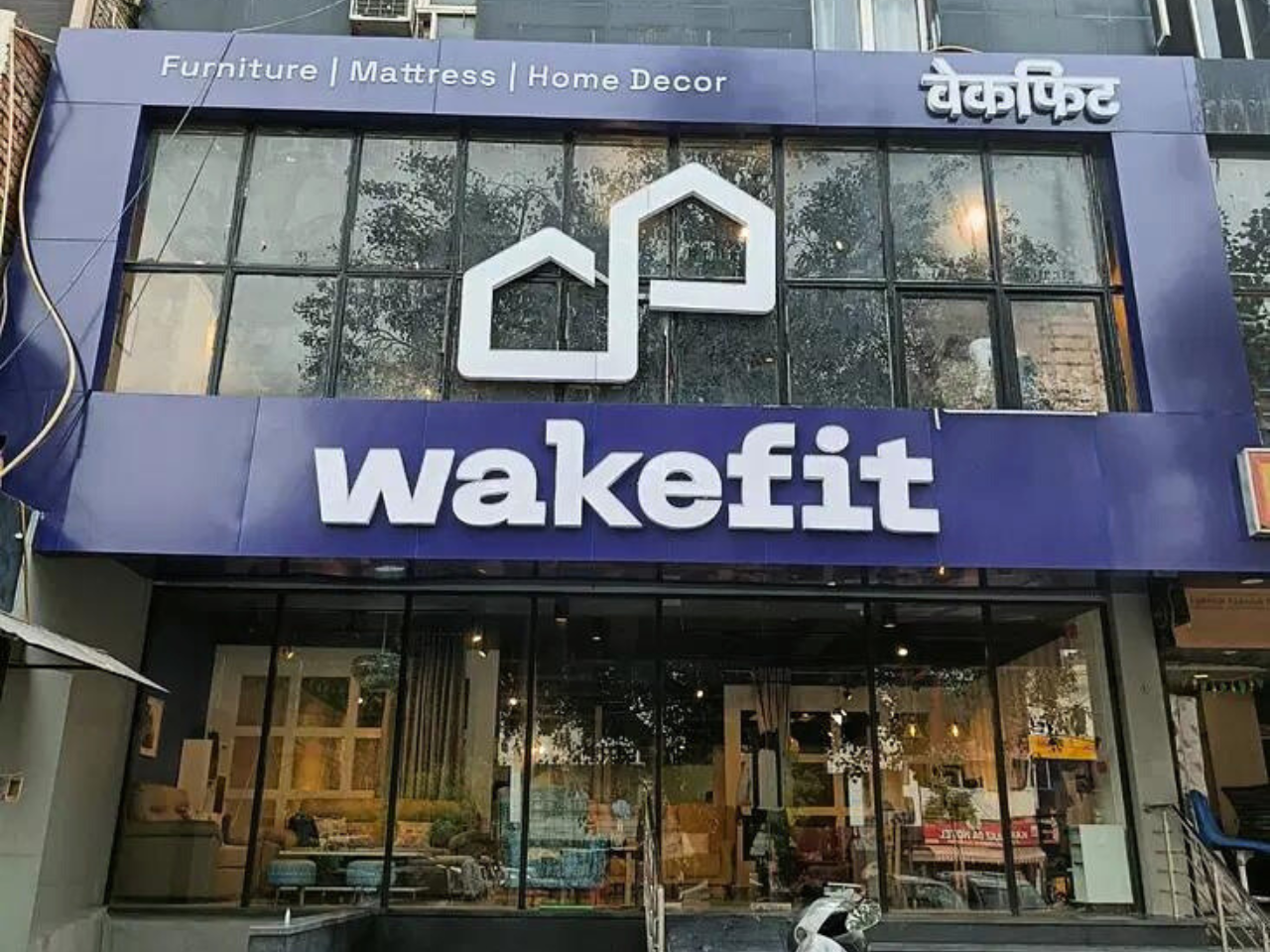Indian D2C mattress brand Wakefit has reported a significant revenue increase in the fiscal year ending March 2023, reaching Rs 813 crore.
This marks a 28.4% growth from the previous year’s Rs 633 crore. Despite this, the startup seen its losses escalate to nearly Rs 150 crore in FY23, Entrackr reported.
Core business and expenditure
The company’s primary revenue comes from selling sleep solutions, including mattresses and pillows, contributing 75% to the total revenue.
This segment alone surged 23.4% to Rs 606 crore in FY22. However, the cost of procurement and manufacturing, which is the largest cost center, increased by 24.9% to Rs 466 crore in FY23.
Other significant expenses such as employee benefits, transportation, legal, and advertising costs pushed the total expenditure to Rs 966 crore, a 29.8% increase from the previous year.
What about the losses?
Wakefit’s losses have jumped 36.4% to Rs 146 crore in FY23 from Rs 107 crore in FY22. The company’s Return on Capital Employed (ROCE) and EBITDA margin stood at -21% and -10%, respectively. For every rupee earned, the company spent Rs 1.19.
Despite these losses, Wakefit ended FY23 with a cash reserve of Rs 174 crore and other current assets, including receivables and investments, amounting to Rs 212 crore.
Festive season boost
During the annual festive season sale in 2023, Wakefit.co witnessed a 35% increase in revenue compared to the previous year. The sale, which ran from October 7 to November 11, attracted 2.4 million new visitors.
Ankit Garg, CEO and co-founder, highlighted this as a symbol of growing brand trust. Notably, furniture now represents 30% of the business, with categories like dining tables and wardrobes seeing significant increases in sales.
Future Outlook and Market Expansion
The company recorded Rs 825 crore in revenue in FY 2023 and aims to surpass Rs 1000 crore by FY 2024. Wakefit.co has raised a total of $145 million in funding from various investors.
The festive season saw a surge in customers across metros and non-metros, with Bengaluru, Hyderabad, and the National Capital Region (NCR) being the largest markets. Kolkata reported the highest average order value, closely followed by Bengaluru, Hyderabad, and Delhi.



![[CITYPNG.COM]White Google Play PlayStore Logo – 1500×1500](https://startupnews.fyi/wp-content/uploads/2025/08/CITYPNG.COMWhite-Google-Play-PlayStore-Logo-1500x1500-1-630x630.png)